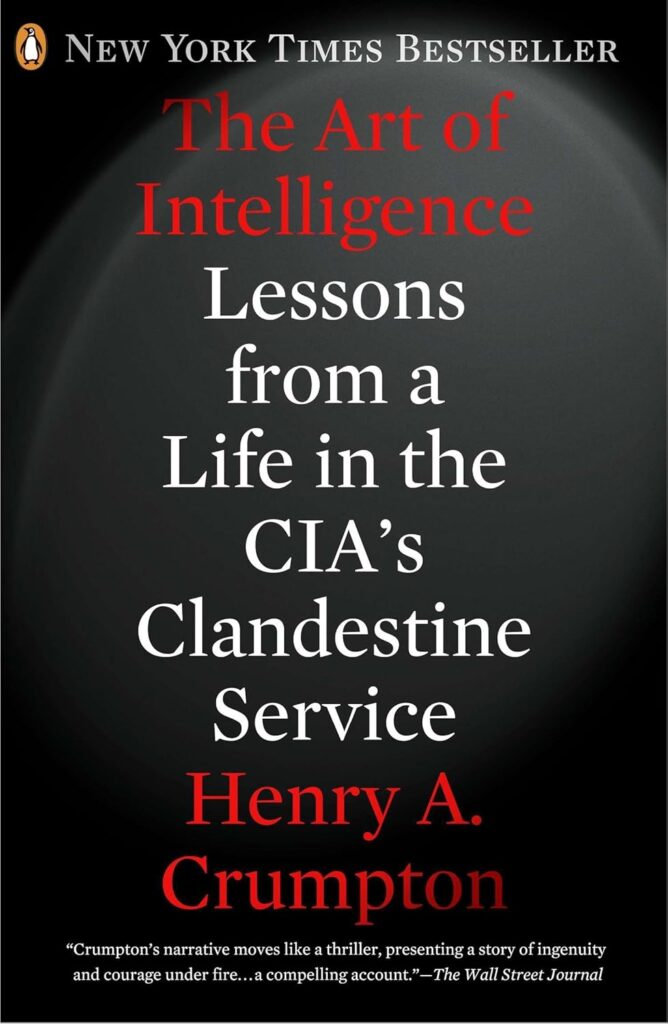“The essence of espionage is access.”
Allen Dulles, The Craft of Intelligence
The Art of Intelligence: Lessons from a Life in the CIA’s Clandestine Service, a memoir by Henry A. Crumpton, is a riveting account of how the CIA and other intelligence and espionage groups operate to defend our country.
Henry (Hank) A. Crumptom’s story begins with the 9/11 attacks. America’s intelligence, the ability to reason and apply knowledge to the information about an enemy or area, sorely needed updating. The horror of 9/11 was an intelligence failure, resulting in an explosion of organizations aimed toward shedding light on issues of espionage. Crumpton’s profession changed from the Clandestine Service to many roles in counterterrorism, from spy to diplomat.
As Crumptom’s responsibilities and achievements grew, the demand for his services increased as he was given critical leadership roles. He spent years in Africa, later in Afghanistan, pioneering new programs, and heading up clandestine operations. Over the years he worked with CIA and FBI. His specialty proved to be recruiting foreign agents.
One of Crumpton’s biggest challenges was to convince CIA leaders that al-Qaeda posed a serious threat. It was hard to believe that Afghanistan, where only six percent of the people had electricity, posed a real threat to the world’s sole superpower. The United States had Afghan allies–many Afghans hated al-Qaeda and had suffered under its brutal regime. But it’s a vast country and the logistics of operations are daunting. Still, the horrific attacks on 9/11, the USS Cole and the American embassies in Dar es Salaam and Nairobi, demanded action.
I found this book riveting. I now view CIA, domestic and foreign intelligence, and international terrorism in a more enlightened way. I admire the author’s ability to describe his co-workers appearance, personalities, and achievements, making their contributions a part of his story. Crumptom and the people he worked with transformed the way America wages war. He was instrumental in making changes that allowed the CIA to successfully fight the war on terrorism.
I would have liked a glossary on the many acronyms used. The author always identified the first use of an acronym, but, unfamiliar with some of them, it was sometimes daunting to remember CTC, AQ, UBL, SIOC, EIJ, DOD, NR, etc.
But this one complaint aside, I found The Art of Intelligence an eye-opener, enlightening, and sometimes even humorous. It’s not light reading, but it is gripping, engrossing and informative.


